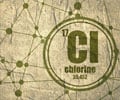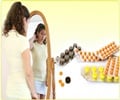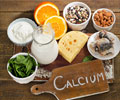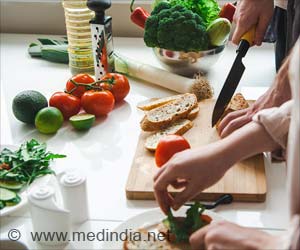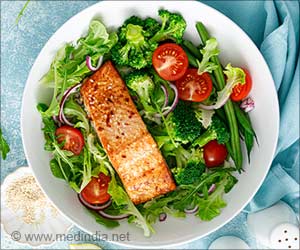An adequate intake of calcium is recommended for general bone health. Excessive calcium intake has no benefit, and could possibly be harmful.
A new clinical guide with the aim of raising awareness of the importance of
calcium in lowering the risk of osteoporosis has been published by the European
Menopause and Andropause Society (EMAS). //
Osteoporosis is common and affects 1 in 3 women. Calcium is vital for strong
healthy bones and worldwide scientific societies have issued guidance about the
daily requirements from childhood to old age.
TOP INSIGHT
Guidelines recommend that calcium intake should be between 700 and 1200 mg per day after menopause and it is best to include calcium rich foods in the diet.
The recommended daily intake of calcium after menopause varies between 700
and 1,200 mg, depending on the endorsing society. It is uncertain whether
excessive intake can cause harm. Some epidemiological studies have raised
concern about possible cardiovascular risk, dementia or even, paradoxically,
fracture.
Calcium may be obtained from food or supplements containing calcium salts.
Most people should be able to get enough calcium through healthy eating, but
this is not always the case. Diets in Southern European have less dairy
products than in Northern countries.
Calcium rich foods
The best sources of calcium are milk and all products made from milk like
yogurt, cottage cheese, cheese, buttermilk, lassi.
Fish – especially the small ones like sardine with edible bones. Broccoli,
kale, spinach, turnips, bok choy (Chinese cabbage), cabbage and asparagus are good
sources. Dried fruits, oat meal and seeds are fair sources of calcium.
Data from the NHANES database in the USA showed that less than one third of
women aged 9 to 71 consumed enough calcium. Supplements are poorly tolerated
and therefore not usually taken long term.
Another reason
for concern are the rates of over prescription of supplements above the
recommended upper level of 2,000 mg/day. For example, one study found that 29%
of supplements were over prescribed.
EMAS confirms that calcium is an essential part of the diet from childhood
to old age, and that an approximate assessment of intake should be part of
routine health checks. Women need to be more calcium-aware and mindful of
calcium-rich foods. But more is not better, and women should be warned that
intakes above the recommended levels may be useless or, although still debated,
may cause harm.
Source-Eurekalert
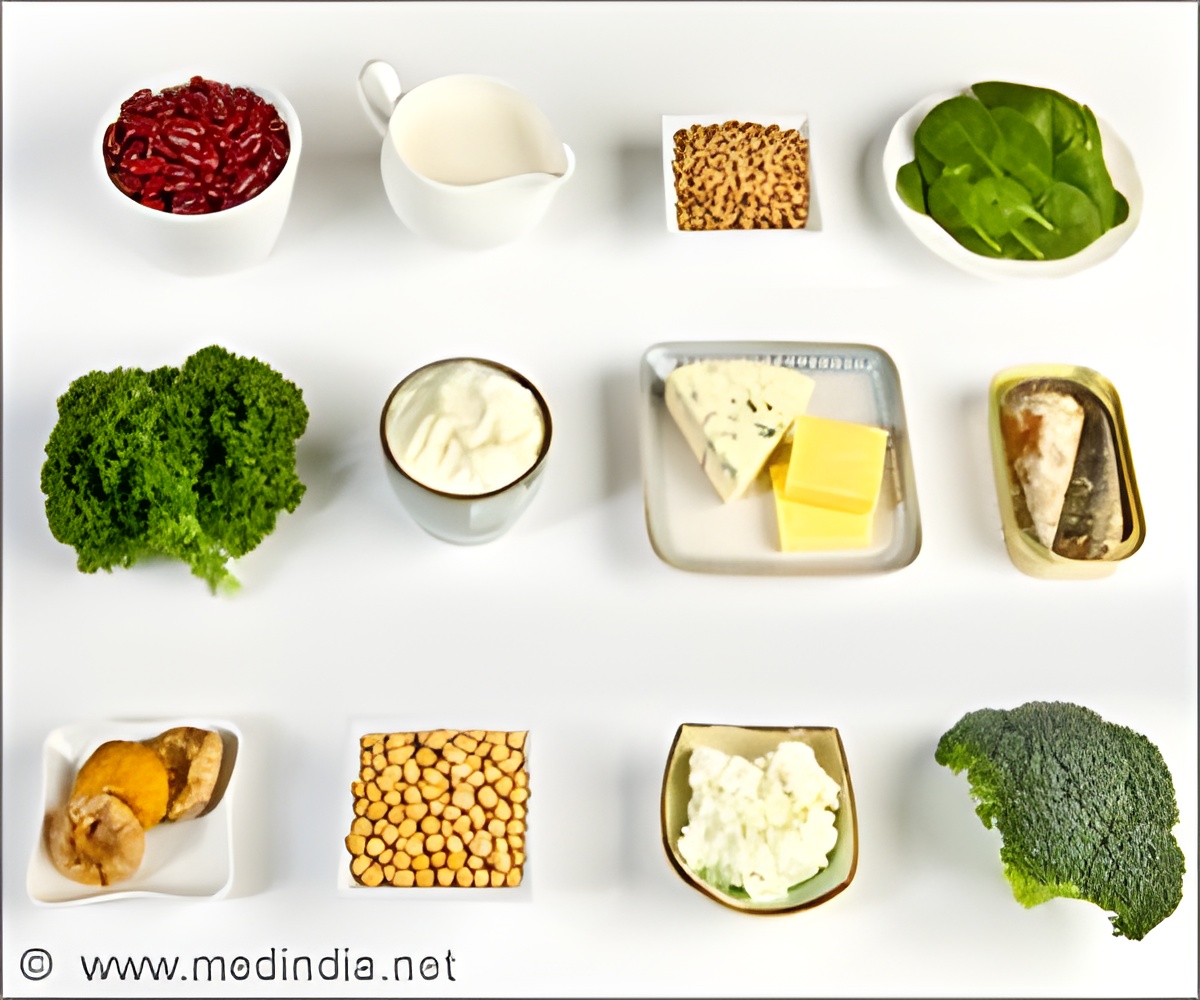
 MEDINDIA
MEDINDIA

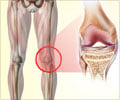
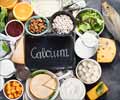

 Email
Email
